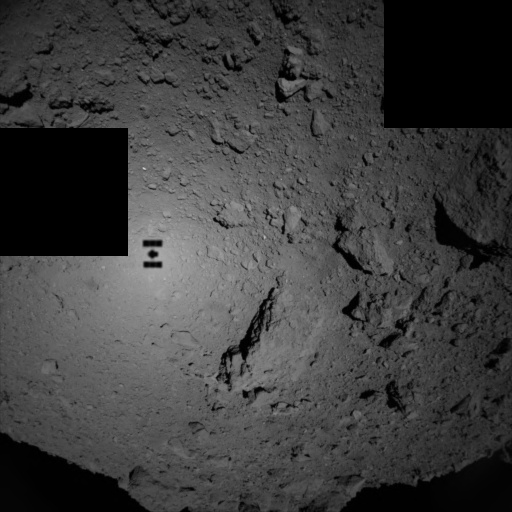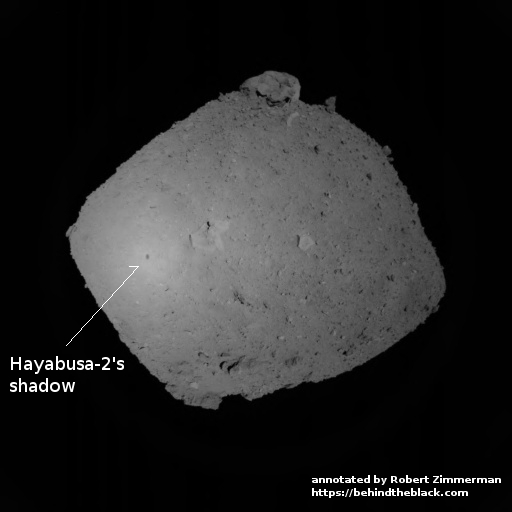Want to look at every planetary map ever made? You can!
Two Polish academics have created a web-available catalog intended to contain every planetary map ever created, beginning in 1600 through the present.
“Our catalogue is being updated regularly with both newly resurfaced historic maps and new additions. For the future, we plan to add maps that have been published in journal articles and digitize maps that do not yet include GIS formats,” added Hargitai. “We live in a transition period where static maps that characterized the last 400 years may become extinct, replaced by dynamic digital map services and tools. In the digital platforms it is becoming difficult even to define what we consider to be a ‘map’, and not just layers of spatial data. Maps are used for mission planning, surface operation, and post-mission analysis. In the near future, they will be key components of planning and operating new human missions.”
The website is here. At the moment the catalog seems significantly incomplete, with only several hundred maps available. Hopefully this will expand with time.
Two Polish academics have created a web-available catalog intended to contain every planetary map ever created, beginning in 1600 through the present.
“Our catalogue is being updated regularly with both newly resurfaced historic maps and new additions. For the future, we plan to add maps that have been published in journal articles and digitize maps that do not yet include GIS formats,” added Hargitai. “We live in a transition period where static maps that characterized the last 400 years may become extinct, replaced by dynamic digital map services and tools. In the digital platforms it is becoming difficult even to define what we consider to be a ‘map’, and not just layers of spatial data. Maps are used for mission planning, surface operation, and post-mission analysis. In the near future, they will be key components of planning and operating new human missions.”
The website is here. At the moment the catalog seems significantly incomplete, with only several hundred maps available. Hopefully this will expand with time.







